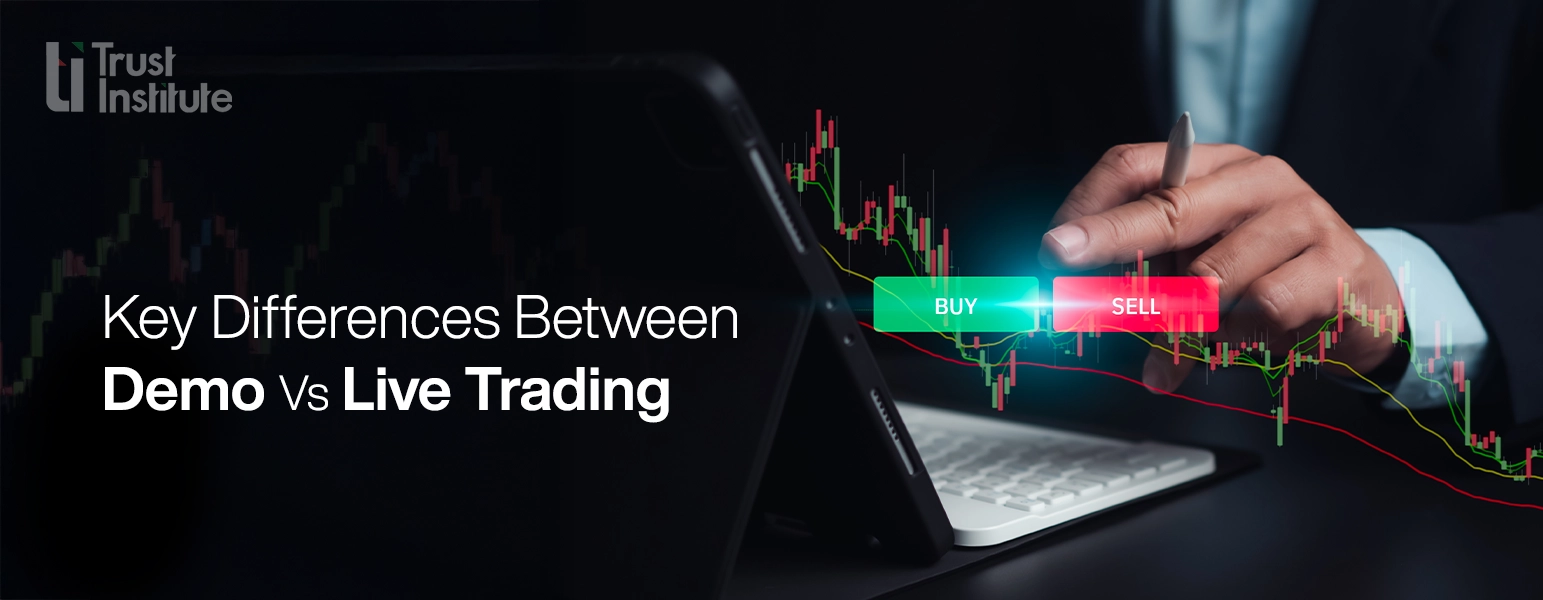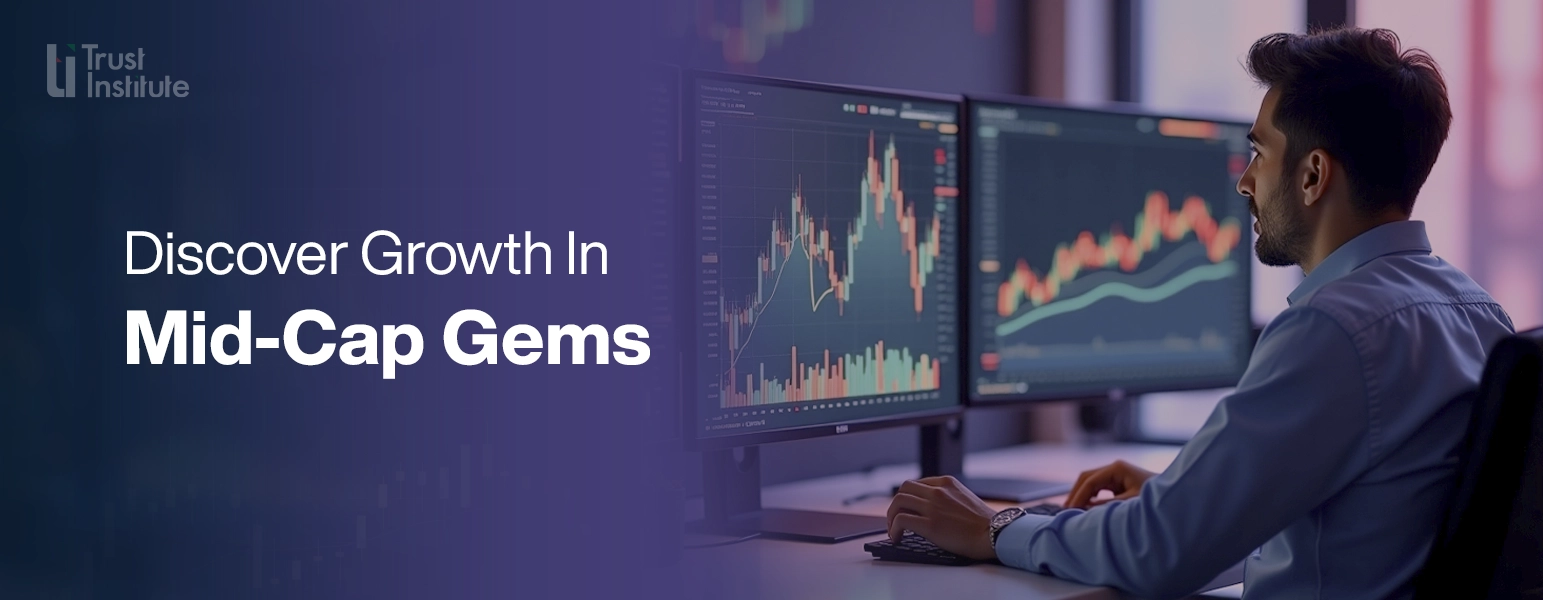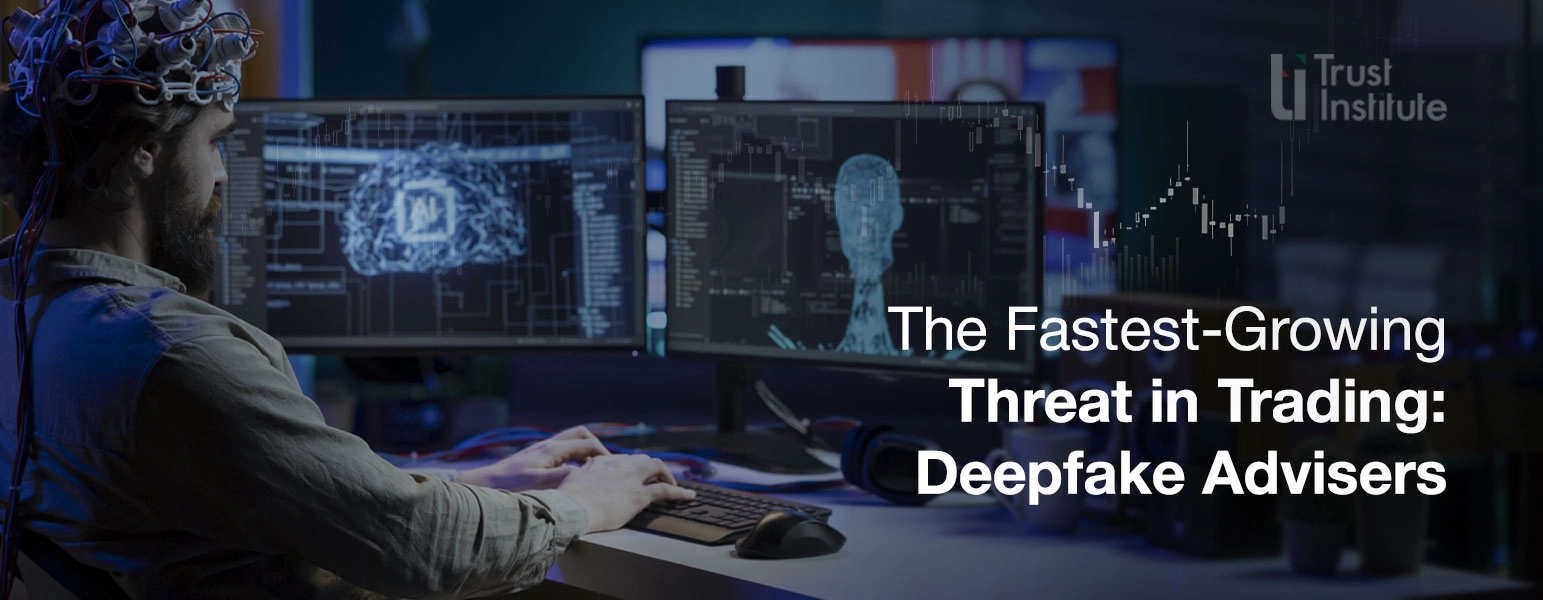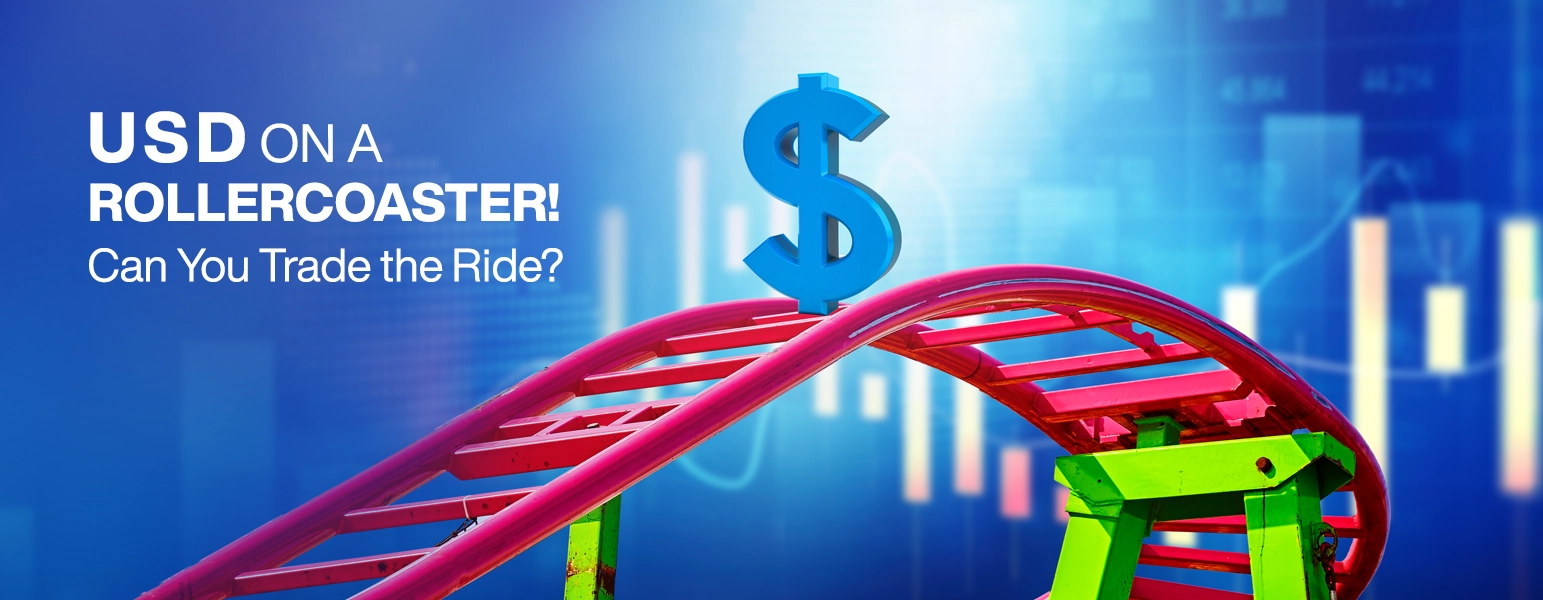Explore the world of financial trading and
gain the knowledge and tools for success with our expertly
written articles and blogs.

IMPACT OF GLOBAL ECONOMIC EVENTS ON FOREX MARKETS

The forex market is a beast, wild, restless, and always on the move. Trillions of dollars swap hands every day, currencies rising and falling like tides. For anyone trading forex, it’s not just about charts and candlesticks; it’s about the world outside their window. Global economic events, think interest rate hikes, trade wars, or a surprise election upset, don’t just make headlines; they shake the market to its core. Understanding how these moments ripple through currency pairs can mean the difference between a fat profit and a blown account. So, how do these big, messy events mess with forex? Let’s break it down and put them against some real-world contexts.
Understanding Forex as the Heartbeat of Global Finance
First off, forex isn’t some isolated game. It’s the bloodstream of the global economy. When someone trades EUR/USD or GBP/JPY, they’re betting on how Europe stacks up against America or how Britain fares against Japan. Every pip’s a snapshot of confidence, fear, or chaos in those economies. And nothing stirs that pot like a major economic event. A central bank’s whisper, a tariff slap, or a factory shutdown halfway across the world can send traders scrambling.
The Impact of Interest Rates

Central banks are the puppet masters of forex, and interest rates are their strings. It is often seen that when interest rates go up, the currency value often follows. For example there is an explanation that the U.S. Fed can hike rates to a great extent in 2025 to tame inflation.
But it’s not always smooth sailing. In 2018, Turkey’s central bank jacked rates to 24% to save the lira from a freefall. Did it work? Barely, confidence was already shot, and the USD/TRY kept climbing. For emerging markets, high rates can be a double-edged sword. They lure cash but choke growth.
Inflation: The Silent Killer
Inflation is another crucial factor that impacts the forex markets from time to time. When prices of goods reach high, currencies go through bad times. High inflation takes away buying power, and these are the times when central banks can hike rates to address it or allow it to slide further.
Contrast that with Japan, where inflation’s been a ghost for decades. The yen stayed a safe-haven pick, even when global chaos spikes. But if inflation ever wakes up there, watch out, JPY pairs could flip fast.
Geopolitical Events & Shocks
Nothing jolts forex like a geopolitical curveball. Wars, elections, coups, they’re adrenaline shots to the market. When Russia rolled into Ukraine in 2022, the euro stumbled, energy fears hit Europe hard, and EUR/USD dropped like a stone. Meanwhile, the dollar, a safe-haven king, soared. Traders who saw it coming cashed in; others, like Sofia in Madrid, watched her euro longs evaporate.
Elections are just as wild. Take Brexit, years of uncertainty battered the pound. GBP/USD swung like a pendulum as Theresa May stumbled and Boris Johnson blustered. A trader named Dave, sipping tea in Manchester, might’ve shorted sterling every time a deadline loomed, raking in profits from the chaos. Geopolitics isn’t predictable, but it’s tradable if someone’s got the stomach for it.
Trade Wars and Tariffs

Trade spats are forex fuel. When the U.S. and China started slapping tariffs on each other in 2018, the yuan took a hit, USD/CNY climbed as exports faltered. China let the yuan weaken to cushion the blow, and traders like Li, a Shanghai hustler, jumped in, riding the slide. Meanwhile, the dollar held firm, America’s economy shrugged off the fight better than most expected.
Fast forward to 2025: imagine a fresh U.S.-EU trade row over steel. The euro could dip as exports stall, while the dollar flexes. For a trader in Berlin, like Hans, it’s a chance to short EUR/USD, or a risk to dodge if he’s not sure who’ll blink first. Trade wars don’t just shift goods; they shift sentiment, and forex feels every nudge.
Looking At Economic Data Daily
Day-to-day data, GDP, jobs reports, manufacturing numbers, keeps forex ticking. A strong U.S. non-farm payrolls report can juice the dollar in hours; a weak UK GDP print can sink the pound by lunch.
These aren’t sexy like a war or a rate hike, but they’re bread and butter for traders. It’s a guessing game, part skill, part gut. Miss the mark, and the trade’s toast.
Considering Central Bank Decisions
Central bankers don’t just act, they talk, and forex listens. A hawkish hint, like the Fed’s Jerome Powell musing about “further tightening”, can send the dollar soaring.
For someone trading forex, these speeches are gold mines, or minefields. Misread the tone, and the market punishes fast. It’s not just what’s said; it’s what’s heard.
Check Out Dollar’s Dominance
The U.S. dollar’s the heavyweight champ in forex, over 80% of trades touch it. When global events hit, it’s often the safe bet. Panic in 2020’s pandemic? Dollar up. Middle East flare-up in 2025? Same story. But when risk appetite roars, like a tech boom or vaccine rollout, traders dump it for riskier currencies like the Aussie dollar or South African rand.
This tug-of-war shapes pairs. A trader like Aisha in Cape Town might watch ZAR/USD climb on a commodity rally, only to crash when the dollar flexes. It’s a dance, and the dollar leads.
Strategies to Survive
So, how does someone trade this madness? Some go technical, charts, trends, Fibonacci lines, letting events confirm their setups. Others lean fundamental, poring over news, reports, speeches. Actually you should blend both in your preparation.
Risk management’s non-negotiable. Stop-losses save accounts when events surprise. Diversifying pairs, EUR/USD, AUD/JPY, spreads the risk. And what is about patience? That’s actually the real edge. Jumping on every headline’s also an easily laid trap.
Wrapping Up
Forex doesn’t just react to the world, it reflects it. A rate hike isn’t just a number; it’s jobs, prices, lives. A trade war’s not just politics; it’s factories, farmers, wallets. For traders, it’s a front-row seat to history, messy, thrilling, and unforgiving. In 2025, with rates climbing, tensions simmering, and data pouring in, the market’s a live wire.
All blogs
©TRUST TRAINING AND DEVELOPMENT INSTITUTE 2025
Disclaimer: Trust Institute is a KHDA-licensed educational institution based in Dubai, UAE. All training programs, materials, and content offered through our website and in-person sessions are provided strictly for educational purposes. We do not offer financial or investment advice, and we do not engage in or promote any trading activity.
Our courses are designed to increase knowledge and understanding of financial markets. Trust Institute is not a brokerage firm, does not manage client funds, and does not participate in any trading on behalf of its students.
Participation in financial markets, including Forex trading, involves significant risk and may not be suitable for everyone. Individuals are encouraged to conduct their own research and consult with licensed financial professionals before making any financial decisions.
By accessing our content or enrolling in our courses, you acknowledge and accept that Trust Institute is not liable for any financial outcomes resulting from the application of educational material shared. You agree that your use of this information is at your own discretion and responsibility.
Trust Institute is fully licensed and regulated by the Knowledge and Human Development Authority (KHDA) in Dubai, United Arab Emirates.











































